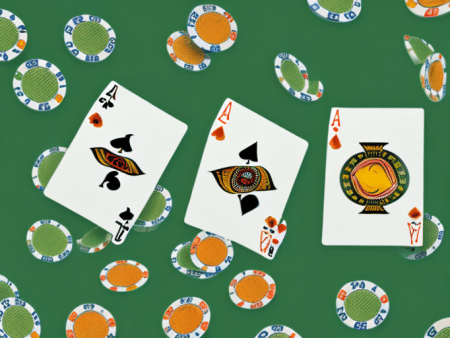In the world of sports betting, understanding how odds work is crucial. Odds are the backbone of betting, providing insight into how likely an event is to happen and how much you stand to win if your bet is successful. One of the most common ways odds are presented is in decimal format. This guide will delve into the intricacies of decimal odds, helping you understand how to read them and use them to your advantage.
What are Decimal Odds?
Decimal odds, widely used in Europe and other parts of the world outside the United States, are a simple and straightforward way to represent the potential return from a bet, including the stake. They are favored for their ease of understanding and the ability to provide a wide range of betting options.
To calculate the potential return using decimal odds, you simply multiply your stake by the decimal odds. For example, if you bet R100 at odds of 2.0, your total return if the bet wins would be R200 (R100 stake * 2.0 odds). This includes the return of your original stake, so the profit would be R100 (R200 total return – R100 stake).
Decimal Odds vs. Fractional and Moneyline Odds
While decimal odds are popular in many parts of the world, fractional odds and moneyline odds are also commonly used, particularly in the UK and the US, respectively.
Fractional odds, often used in the UK, are represented as a fraction, such as 3/1 (read as “three-to-one”). This means that for every R1 you bet, you stand to win R3.
Moneyline odds, on the other hand, are often used in the US and can be either positive or negative. Positive moneyline odds show how much profit you stand to make from a R100 stake, while negative moneyline odds show how much you need to stake to make a profit of R100.
In contrast, decimal odds represent the total return for every R1 wagered, including the money you risked. This makes them easier to understand and calculate potential returns, particularly for beginners.
How to Calculate Potential Returns with Decimal Odds
Calculating potential returns with decimal odds is straightforward. You simply multiply your stake by the decimal odds. For example, if you place a bet of R500 at odds of 1.75, your total payout would be R875 (1.75 * 500). This payout includes your original stake, so your profit would be R375 (R875 total payout – R500 stake).
Understanding Probability with Decimal Odds
Decimal odds can also give you an insight into the implied probability of an event happening. The implied probability is a conversion of decimal odds into a percentage. It’s calculated as 1 divided by the decimal odds. For example, if the decimal odds are 2.0, the implied probability is 1 / 2.0 = 0.50 or 50%.
Conclusion
Understanding decimal odds is a fundamental part of sports betting. They provide a simple and straightforward way to calculate potential returns and understand the implied probability of an event happening. Whether you’re a seasoned bettor or a beginner, being able to read and interpret decimal odds can enhance your betting experience and potentially increase your chances of making profitable bets.
Remember, while understanding odds and potential payouts is important, successful betting also requires a deep understanding of the sport you’re betting on, careful analysis, and responsible gambling practices.












